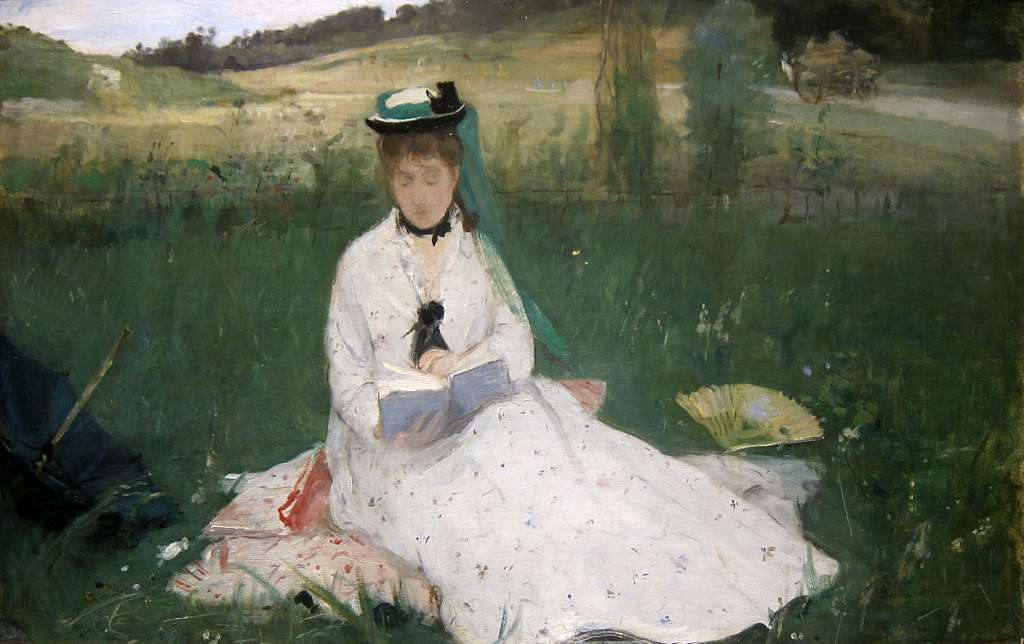“Heroes get remembered, but legends never die.” Almost everyone of a certain age will remember this line from the classic film The Sandlot. Babe Ruth says it to Benny “The Jet” Rodriguez in a dream. To achieve glory, Benny has to hop a fence and steal back a baseball from a dog nicknamed “The Beast.” Benny does it. He hops that fence, steals back that ball, and runs across his town, becoming more of a legend with every step.
None of my students had to run from a beast, but students in one of my classes this spring semester may have become legends on our campus regardless. Why? We had a participation streak.
This was a class in our university’s great books honors program. We have small classes that sit in a circle, and students lead discussion in a Socratic-style seminar. Students are asking the questions, and they are counting on their peers to also ask and answer. The courses involve very little lecture, and the goal is reasoning together. Participation is crucial in achieving that goal. Usually, most students will say something most class periods, but it is not uncommon to have a few students who speak all the time and then a few who speak less often or rarely. This spring semester, in a junior-level class, the dynamic was different.
After the first couple sessions, I realized that we had 100% participation every day. The class had 16 students, so that level of participation is not at all impossible but also not highly probable. Even at just two days, I was impressed. I mentioned it to the class. They were also impressed and some were excited. Then I asked if anyone had ever played sports and been on an undefeated team before. No. No one. Well, what if we achieved that, by having everyone participate in every class through the whole semester? (No, we did not count absences against people. We can live with your asterisk. Strep throat is real.) Soon enough, we were on our way to attempting something that—as far as we know—had never been done before on our campus.
There are immediate and obvious benefits to the streak. We got more meaningful comments from more people. A discussion class is always better with participation and especially when that participation involves many, different voices. Even though every class is actually a collaborative project, it is often the case that some individual students do not feel that they need to be a contributing member in a class. Students might be unmotivated or they might believe that they have nothing meaningful to say. Some students might be dealing with social anxiety. Once these students became enthusiastic about the streak, people became more motivated to participate. That also encouraged keeping up with the reading. And some students seemed intentional about providing positive reinforcement to their peers who typically speak less often. There were clear, positive learning outcomes for individual students and the whole class.
The streak enhanced the ways that students related to each other and the course. Unlike most academic settings, the streak meant that we all moved forward together, or we did not move forward at all. The students took on a new level of responsibility for the success of the class. Students paid more attention to class conversation. Some might have been keeping track of who spoke in order to make sure everyone participated, but, as a result, people did better listening and responding to each other’s comments. Our discussion leaders sometimes called on peers. Our leaders led. Everyone had a sense of ownership over the streak. Ultimately the class felt like a team, one in which every player was very valuable.
The streak did something special for us. As the popularity of Ted Lasso demonstrates, people want to be inspired. They want to belong, they want to believe, and they do not always mind some silly approaches. In some ways, the streak was a form of gamification. Yet there were no points at stake in this streak and no actual consequences for ending it. It was just something that we managed to build and maintain enthusiasm around. Other students in other classes were talking about it. I could not stop bragging about it. Some other professors used it to motivate their classes. The possibility of a rivalry was thrown around. That minor buzz reflected a real bond and sense of enthusiasm about and in our class.
Did we make it to the end of the semester? We did. By the time we reached halfway, it was starting to look like we might. And as we neared the end, it seemed impossible for us not to make it. A streak of any sustained length would have been significant, but making it to the end made us all feel very proud. It seemed to make the participation count extra. It made the class feel like an achievement. Several students asked if it was the best honors class I ever had. It is unlikely any of us will forget this experience any time soon.
There are potential downsides with the streak. Shy students had nowhere to hide. What if someone just wanted—or needed—a day off? Was this a reasonable or unreasonable amount of social pressure? These are legitimate questions. But this was an organic experiment, not a prescribed pedagogical technique. It was lightning in a bottle. Our circumstances helped us to catch it and keep it. The students were almost exclusively juniors. They were not new to college or our class format. Most of the students already knew each other. These students also already tend to be encouraging toward each other and not overly antagonistic. The streak was a success because once the idea was out there, these students were ready and able to pick it up and run with it. It was their streak, not mine.
The streak was a pleasant surprise. The truth is, you can teach for years—half your life—and organically stumble onto something completely new to you, that reinforces your desired pedagogy and learning outcomes. I didn’t start the semester with the intention to have a streak, but I quickly developed the hope that we would keep it. It was a good reminder that as much as an instructor needs to prepare, we also need to remain open to what might happen. And as much as we need to do our job well, the more responsibility our students have for the course outcome, the better off we’ll all be. There’s no such thing as a meaningful streak for faculty participation in class.
This was a special semester. Student engagement can be a challenge at every level. Our participation streak brought forward more diversity of opinion and expression in the classroom while forming the students into a team with a shared objective. We did that without lowering our standards. This semester was the kind of educational experience which is transformative for faculty and students alike, because it was not just knowledge transferal or individual growth and exploration—it was a shared adventure. We all learned more than we expected this spring, and I do consider these students to be legends.
Image Credit: Berthe Morisot, “Reading (portrait of Edma Morisot)” (1873) via Picryl





1 comment
Kim
What a powerful experience for you and your students. Thank you for sharing.
Comments are closed.